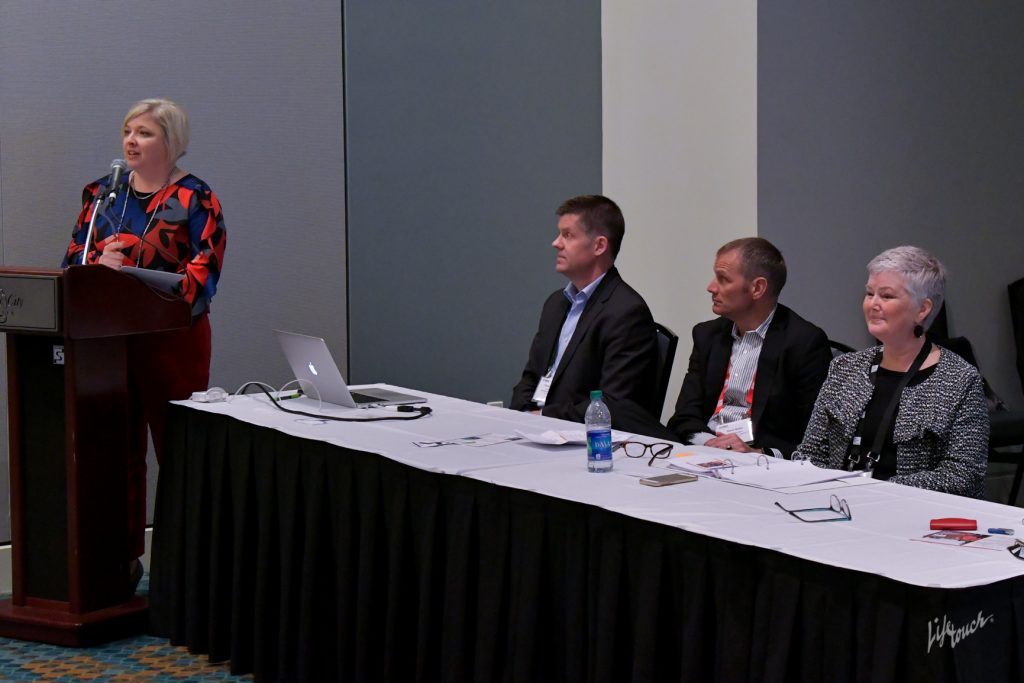Community schools cultivate hope, opportunity and agency in Vancouver, Wash. “You heard me, not Canada!” quipped Tom Hagley, chief of staff and chief communications officer for Vancouver Public Schools during a Friday afternoon session at the AASA national conference.
His urban district serves a community where many people live below the poverty line, struggling to pay rent with no relief in sight. (Vancouver has the dubious distinction of having the highest rate of rental increase in the nation. A person making minimum wage must work 89 hours per week to rent a two-bedroom home.)
Of the district’s 24,000 students, 1,100 are homeless, and many more suffer from food insecurity. “If a child doesn’t know where they’ll sleep or what they’ll eat, they won’t learn as well or achieve their best,” said Superintendent Steve Webb.
“Poverty is not a learning disability,” he said. “How do we bring basic need support to families?” Public schools step out of their area of responsibility to build up a community. “If it’s not us, then who?”
The district acts as a hub and partners with community agencies to provide food, clothing, housing, and medicine for students. “This is not a handout. It’s a hand-up,” Webb said.
The results in Vancouver are remarkable. Community schools and their partners have distributed 63,000 pounds of food, 2,600 free transit passes, and 336 hours of parent-child early learning classes, according to the 2017-18 quarterly report. The costs were covered by $315,766 in donations.
The organization takes a holistic, “all means all” approach to ensure each student reaches graduation, Webb said. Community schools are all about opportunity. “If we can close opportunity gaps, we can close achievement gaps.”
Vancouver Public Schools surely have. Since 2010, the district has experienced a 56 percent increase in kindergarten readiness, a 20-point decrease in the literacy gap for 3rd-grade English language learners, a 30 percent decrease in middle school F rates in core courses, and an 18-point increase of on-time graduation rate.
The district has set three ambitious goals: (1) a 90 percent student attendance 90 percent of the time; (2) a 95 percent of students not receiving exclusion discipline time; and (3) 90 percent graduation rate.
Webb encouraged those interested in starting community schools to start small, build capacity of partnerships and share ownership with the community.
“If you build it, they will come,” he said.
(Margaret Gaw, a senior at the Harpeth Hall School in Nashville, is an intern with Conference Daily Online.)

